Home>Articles>What To Do If Your Cat Bites Into Electrical Cord
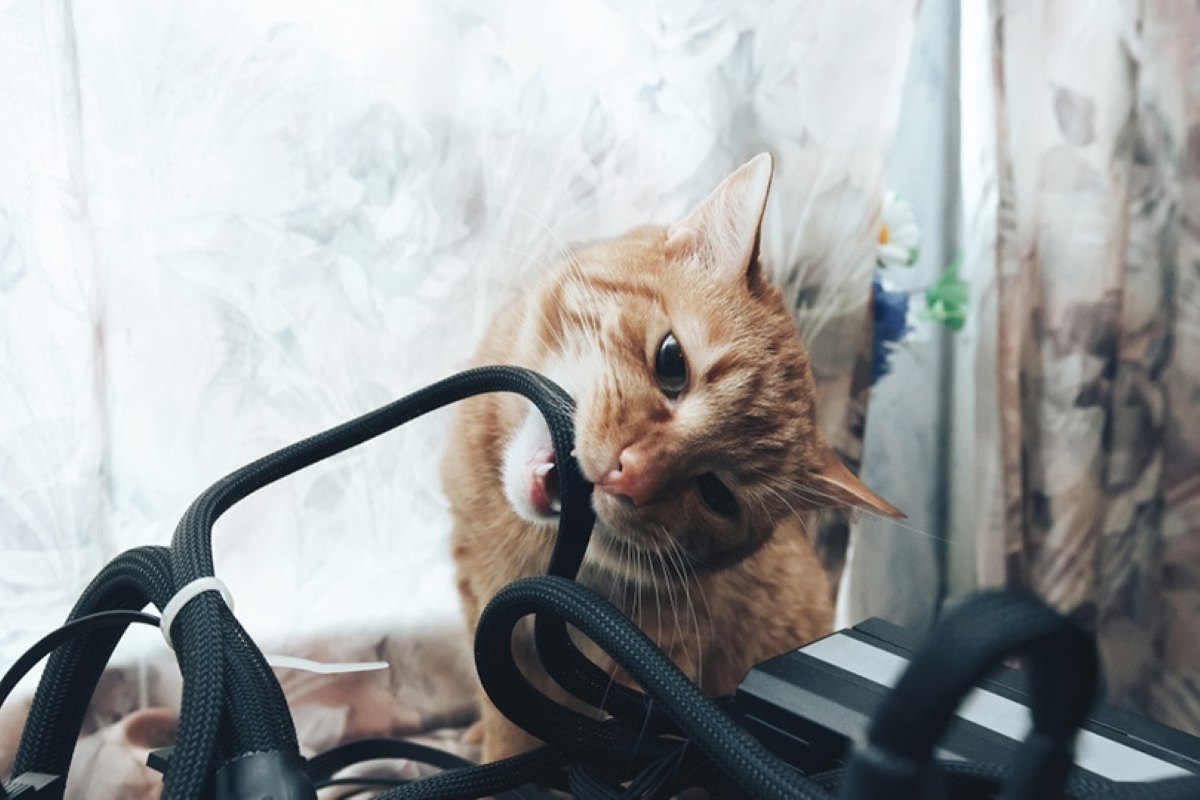

Articles
What To Do If Your Cat Bites Into Electrical Cord
Modified: October 26, 2024
Learn how to handle the situation if your cat chews on electrical cords with our informative articles. Keep your feline friend safe and prevent potential accidents.
(Many of the links in this article redirect to a specific reviewed product. Your purchase of these products through affiliate links helps to generate commission for Storables.com, at no extra cost. Learn more)
Introduction
Welcome to the world of cat ownership, where every day brings new joys and challenges. While cats are known for their independent and curious nature, their inquisitiveness can sometimes lead to unexpected and potentially dangerous situations. One such situation is when your beloved feline decides to sink its teeth into an electrical cord.
This scenario might seem unlikely, but it happens more often than you might think. Cats, with their sharp teeth and playful nature, can be attracted to the dangling cords and wires that are part of our modern technological world. Unfortunately, biting into an electrical cord can have severe consequences for both your cat’s health and your home’s safety.
In this article, we will explore what to do if your cat bites into an electrical cord. We will cover the immediate actions you need to take, how to assess the severity of the bite, when to seek veterinary care, and preventive measures to avoid similar incidents in the future.
Remember, the information provided here is not a substitute for professional veterinary advice. If you are ever unsure or concerned about your cat’s health, always consult with a veterinarian.
Now, let’s delve into the topic and learn how to handle this delicate situation with your cat.
Key Takeaways:
- Act swiftly and prioritize safety if your cat bites into an electrical cord. Contact a veterinarian, ensure your cat’s well-being, and take preventive measures to create a hazard-free environment.
- Seek veterinary care immediately, even if there are no visible injuries. Follow professional guidance, prioritize your cat’s safety, and implement preventive measures to avoid future incidents.
Understanding the Risks
When a cat bites into an electrical cord, it exposes itself to several risks, including electric shock, burns, and potential injuries. Electrical cords carry a significant amount of voltage that can cause severe harm to your cat’s body. The consequences can range from minor burns and tingling sensations to life-threatening injuries, such as cardiac arrest.
Furthermore, biting into an electrical cord can also pose a fire hazard. If the cord is damaged or the insulation is compromised, it can lead to a short circuit or electrical fire. Not only does this put your home and belongings at risk, but it also endangers the safety of everyone in the house.
It is essential to understand the potential risks associated with your cat biting into an electrical cord so that you can take prompt and appropriate action to mitigate them.
Now that we have a better understanding of the risks involved, let’s move on to the next step in dealing with this situation – assessing the bite.
Assessing the Bite
When your cat bites into an electrical cord, it’s crucial to assess the severity of the bite. This will help you determine the appropriate course of action to take. Here are some key factors to consider when assessing the bite:
- Visible Injuries: Examine your cat’s mouth and the area surrounding the bite for any visible signs of injury. Look for burns, redness, swelling, or bleeding. If you notice any of these signs, it’s an indication that the bite was significant, and immediate veterinary care is necessary.
- Behavioral Changes: Observe your cat’s behavior after the incident. Is it displaying signs of distress, pain, or discomfort? Is it experiencing difficulty breathing or moving? Any unusual behavior or symptoms should be taken seriously and warrant a trip to the vet.
- Length of Exposure: Consider how long your cat was exposed to the electrical current. If it was only a brief contact, there may be minimal damage. However, if the cat latched onto the cord for an extended period, the risk of severe injury is higher. In such cases, seeking veterinary care is recommended.
- Size of the Cord: The size of the electrical cord can also impact the severity of the bite. Thicker cords with higher voltage can cause more significant damage compared to thinner cords. Keep this in mind when assessing the situation.
It is important to note that even if there are no visible injuries or immediate concerns, it is always advisable to consult a veterinarian after your cat bites into an electrical cord. They will be able to conduct a thorough examination and ensure there are no internal injuries or long-term complications.
Now that we have assessed the bite, let’s move on to the immediate actions you should take to help your cat and mitigate the risks.
Immediate Actions to Take
When your cat bites into an electrical cord, it’s important to act swiftly to ensure their safety and prevent further harm. Here are some immediate actions you should take:
- Ensure Your Own Safety: Before approaching your cat or attempting to touch the cord, make sure to turn off the electrical supply to prevent any ongoing electrical current. This ensures your safety during the rescue process.
- Do Not Pull the Cord: It can be instinctive to try and pull the cord from your cat’s mouth, but this should be avoided. Pulling the cord forcefully can cause additional injuries to your cat and may worsen the situation. Instead, focus on disconnecting the power source or turning off the electricity.
- Check for Signs of Distress: Monitor your cat’s behavior and look for any signs of distress. If your cat is visibly injured, experiencing difficulty breathing, or exhibiting signs of shock, it’s crucial to seek immediate veterinary care.
- Handle with Care: If your cat appears to be in distress, carefully scoop them up using a towel or blanket to prevent any further injuries. Be gentle and avoid putting pressure on the affected area. Take care not to get bitten in the process, as your cat may be in pain and may react defensively.
- Contact Your Veterinarian: After ensuring your cat’s immediate safety, reach out to your veterinarian for guidance. Describe the situation in detail and follow their instructions. They may advise you to bring your cat in for an examination or provide further instructions on how to administer first aid.
Remember, every situation is unique, and it’s crucial to prioritize the well-being of your cat. If you are unsure or uncomfortable taking any action yourself, always consult with a professional.
Now that you’ve taken the necessary immediate actions, it’s time to consider seeking veterinary care for your cat.
If your cat bites into an electrical cord, immediately unplug the cord and check for any signs of injury in your cat’s mouth. Monitor for symptoms of electric shock and seek veterinary care if necessary. Keep cords out of reach to prevent future incidents.
Seeking Veterinary Care
Seeking veterinary care is crucial after your cat bites into an electrical cord, even if there are no immediate visible injuries. Only a trained veterinarian can assess the potential internal damage and provide the necessary treatment. Here are the steps you should take when seeking veterinary care:
- Contact Your Veterinarian: Reach out to your veterinarian as soon as possible and explain the situation. Provide them with a clear description of what happened and any visible symptoms or behaviors your cat is exhibiting.
- Follow Their Instructions: Your veterinarian may ask you to bring your cat in for an examination or recommend immediate first aid measures to stabilize your cat’s condition. Follow their instructions carefully and ask any questions you may have to ensure you have a clear understanding of the next steps.
- Physical Examination and Diagnosis: When you bring your cat to the veterinarian, they will perform a thorough physical examination. They may assess the mouth, check for any burn marks or tissue damage, and evaluate your cat’s overall condition. Additional tests, such as X-rays or blood work, may be necessary to identify any internal injuries or complications.
- Treatment: Depending on the severity of the bite and the veterinarian’s findings, appropriate treatment will be administered. This may include cleaning and disinfecting the wound, providing pain medication, administering fluids, or other necessary interventions.
- Monitoring and Follow-up: After initial treatment, your cat may need to be monitored for any signs of infection, systemic damage, or other complications. Follow-up appointments may be scheduled to ensure your cat is healing properly and to address any ongoing concerns.
Remember, the veterinarian is the best resource to assess your cat’s condition and provide appropriate care. Do not hesitate to reach out to them if you have any doubts or questions.
Now that your cat is under the care of a veterinarian, let’s explore some preventive measures to avoid similar incidents in the future.
Preventive Measures
Taking preventive measures can help minimize the risk of your cat biting into electrical cords. Here are some steps you can take to create a safer environment for your cat:
- Cord Management: Keep cords securely out of your cat’s reach by using cord management solutions such as cord covers, cable clips, or cord concealers. This helps prevent them from being tempted to play with or bite the cords.
- Unplugging Unused Devices: Unplug electrical devices when they are not in use. This reduces the risk of cords dangling and becoming a target for your curious cat.
- Tidying Up: Keep your living space tidy by organizing and securing cords. Tie them up or wrap them in a way that minimizes their visibility and accessibility to your cat.
- Redirecting Behavior: Provide alternative outlets for your cat’s natural instinct to bite and play. Offer interactive toys, scratching posts, and puzzle feeders to keep them mentally and physically stimulated.
- Bitter Apple Spray: Consider using bitter apple spray or other pet-safe deterrents on cords to help discourage chewing behavior. However, always check with your veterinarian before using any such products to ensure they are safe for your cat.
- Supervision: Keep a watchful eye on your cat, especially if they are exhibiting curiosity around cords or wires. Promptly redirect their attention and engage them in alternative activities to deter them from investigating potential hazards.
- Training and Behavioral Modification: Consult with a professional animal behaviorist or trainer to address any underlying behavioral issues that may be contributing to your cat’s attraction to cords. They can provide guidance on implementing positive reinforcement techniques to modify your cat’s behavior.
By implementing these preventive measures, you can create a safer environment for your cat and reduce the chances of them biting into electrical cords. Remember, consistent supervision and proactive measures are key to ensuring your cat’s well-being.
As we conclude this article, we hope that you now have a better understanding of what to do if your cat bites into an electrical cord. Remember to prioritize your cat’s safety, seek veterinary care when necessary, and take preventive measures to prevent future incidents.
Take care of your feline friend and provide them with a secure and hazard-free home environment. Happy and safe cat ownership!
Conclusion
Dealing with a cat biting into an electrical cord can be a frightening and potentially dangerous situation. It’s important to act quickly and effectively to ensure your cat’s safety and prevent further harm. Remember, your cat’s well-being should always be your top priority.
In this article, we discussed the risks associated with a cat biting into an electrical cord and provided guidance on assessing the severity of the bite. We outlined immediate actions to take, including ensuring your own safety, checking for signs of distress, and contacting your veterinarian for further guidance.
We also emphasized the importance of seeking veterinary care after a cat bites into an electrical cord, even if there are no immediate visible injuries. Only a trained veterinarian can properly assess your cat’s condition and provide the necessary treatment.
Furthermore, we discussed preventive measures to minimize the risk of such incidents in the future. Proper cord management, redirecting behavior, and providing alternative outlets for play can help create a safer environment for your cat.
By following the steps and suggestions outlined in this article, you can effectively handle the situation, ensure your cat’s well-being, and prevent future incidents.
Remember, if you ever have any doubts or concerns about your cat’s health, always consult with a veterinarian. They have the knowledge and expertise to provide the best care for your furry friend.
Thank you for reading, and we hope this article has been informative and helpful in guiding you on what to do if your cat bites into an electrical cord. Stay vigilant, prioritize safety, and give your cat the love and attention they deserve.
Frequently Asked Questions about What To Do If Your Cat Bites Into Electrical Cord
Was this page helpful?
At Storables.com, we guarantee accurate and reliable information. Our content, validated by Expert Board Contributors, is crafted following stringent Editorial Policies. We're committed to providing you with well-researched, expert-backed insights for all your informational needs.
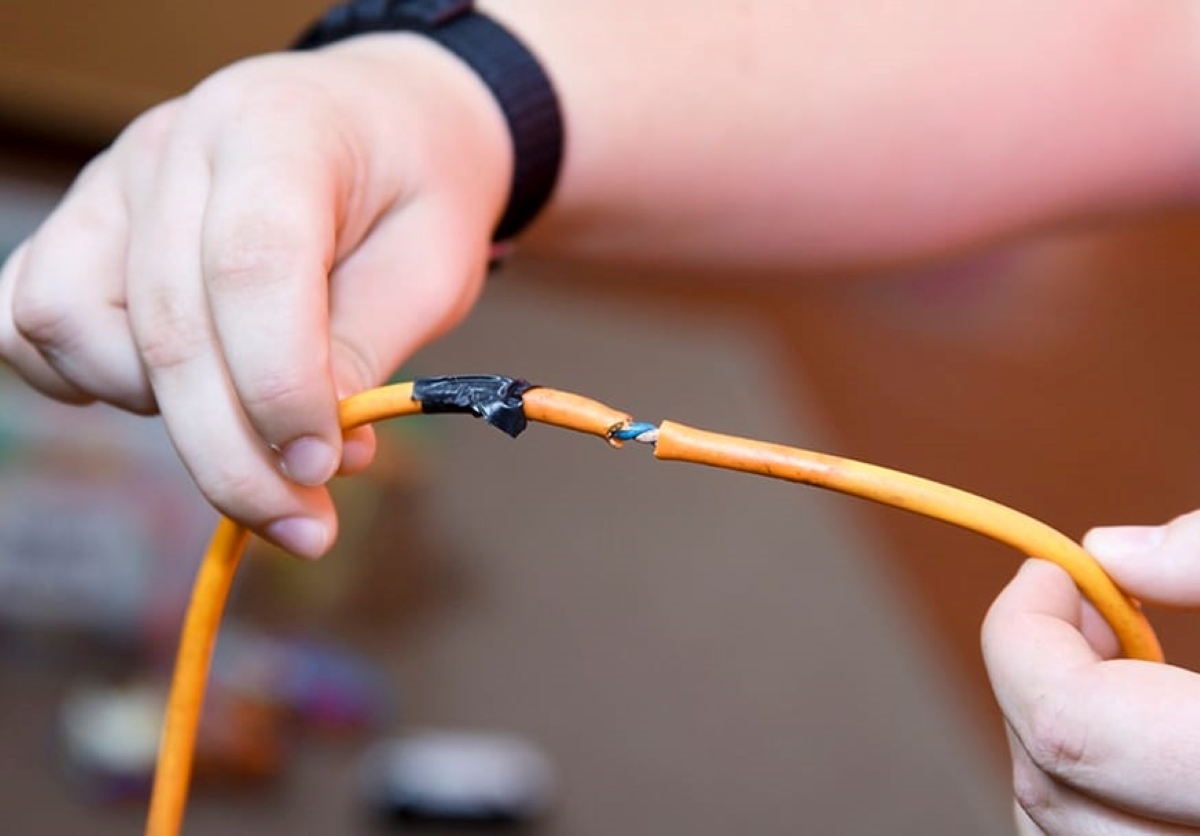
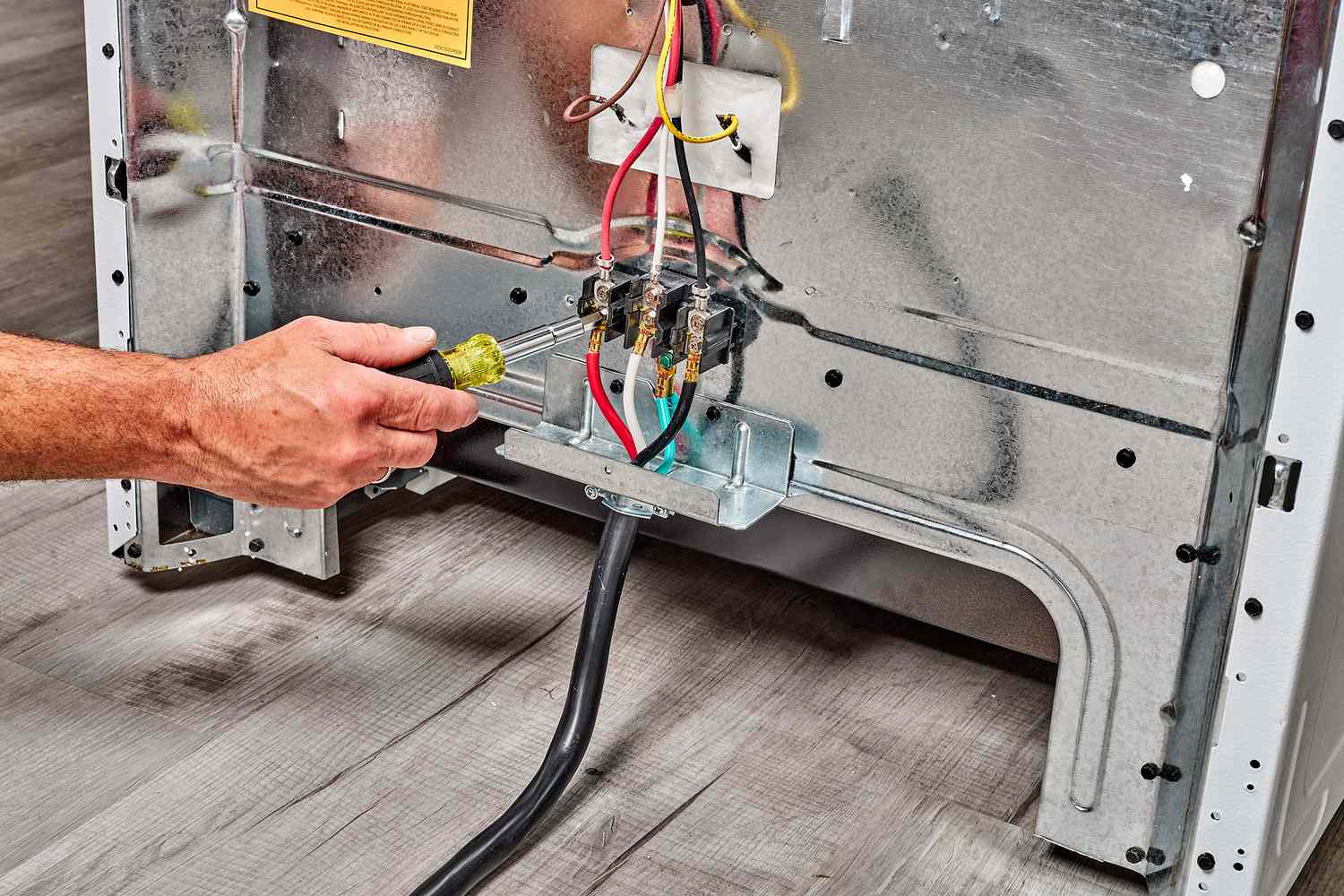
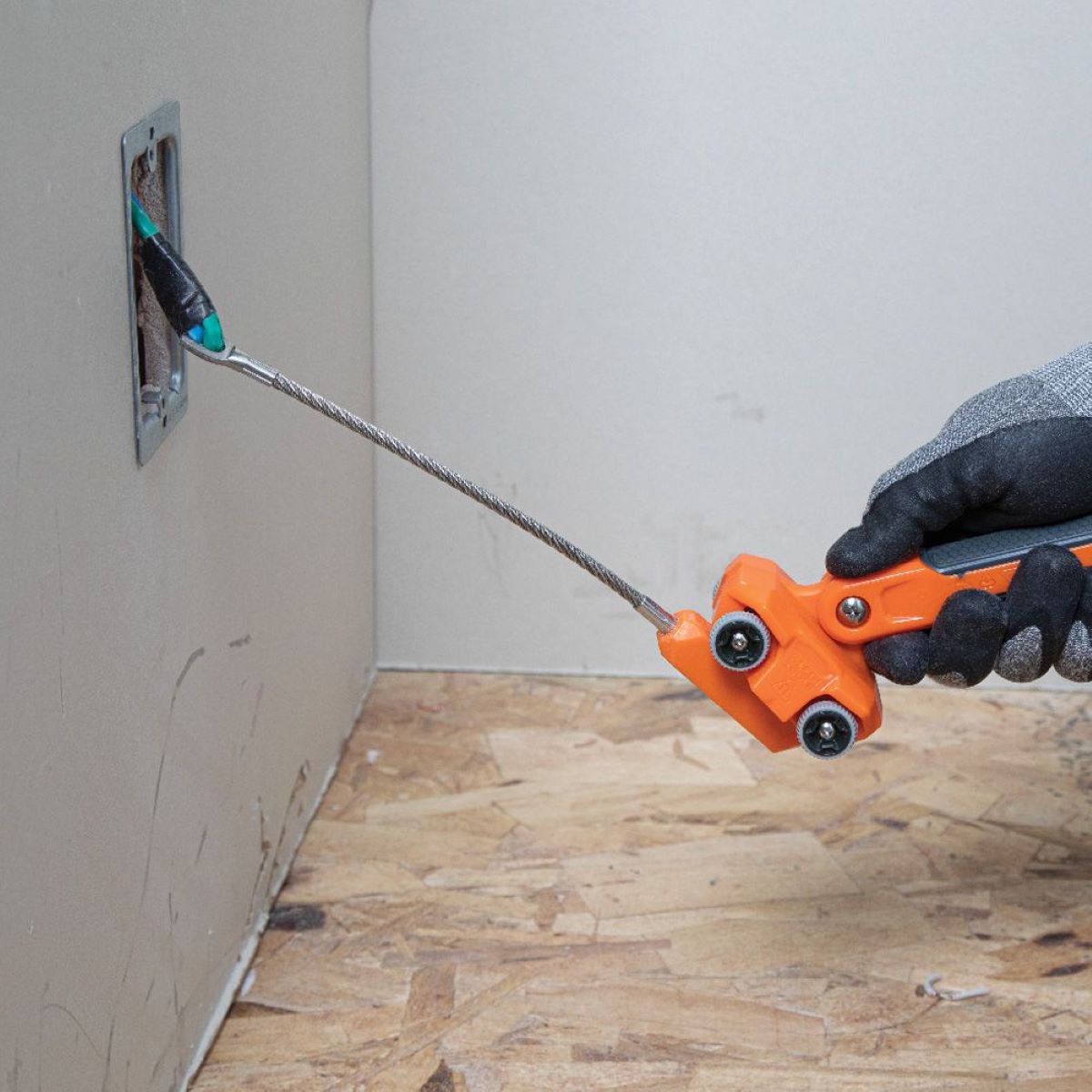
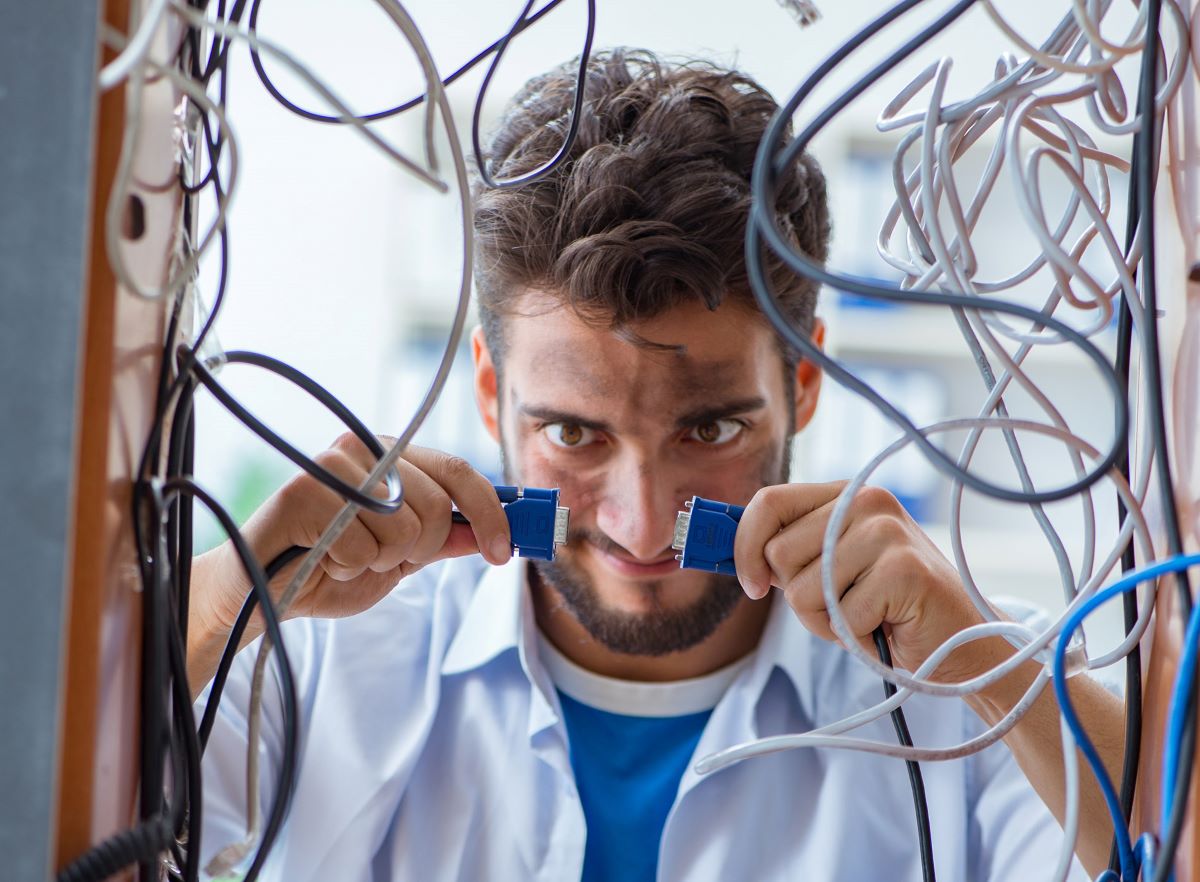
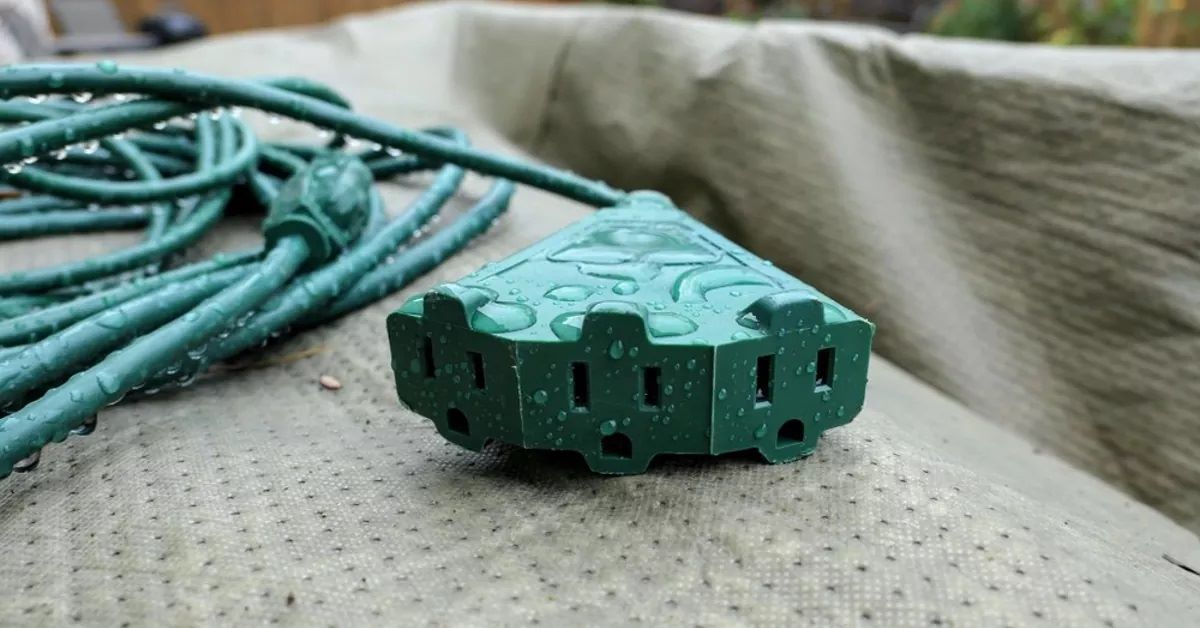
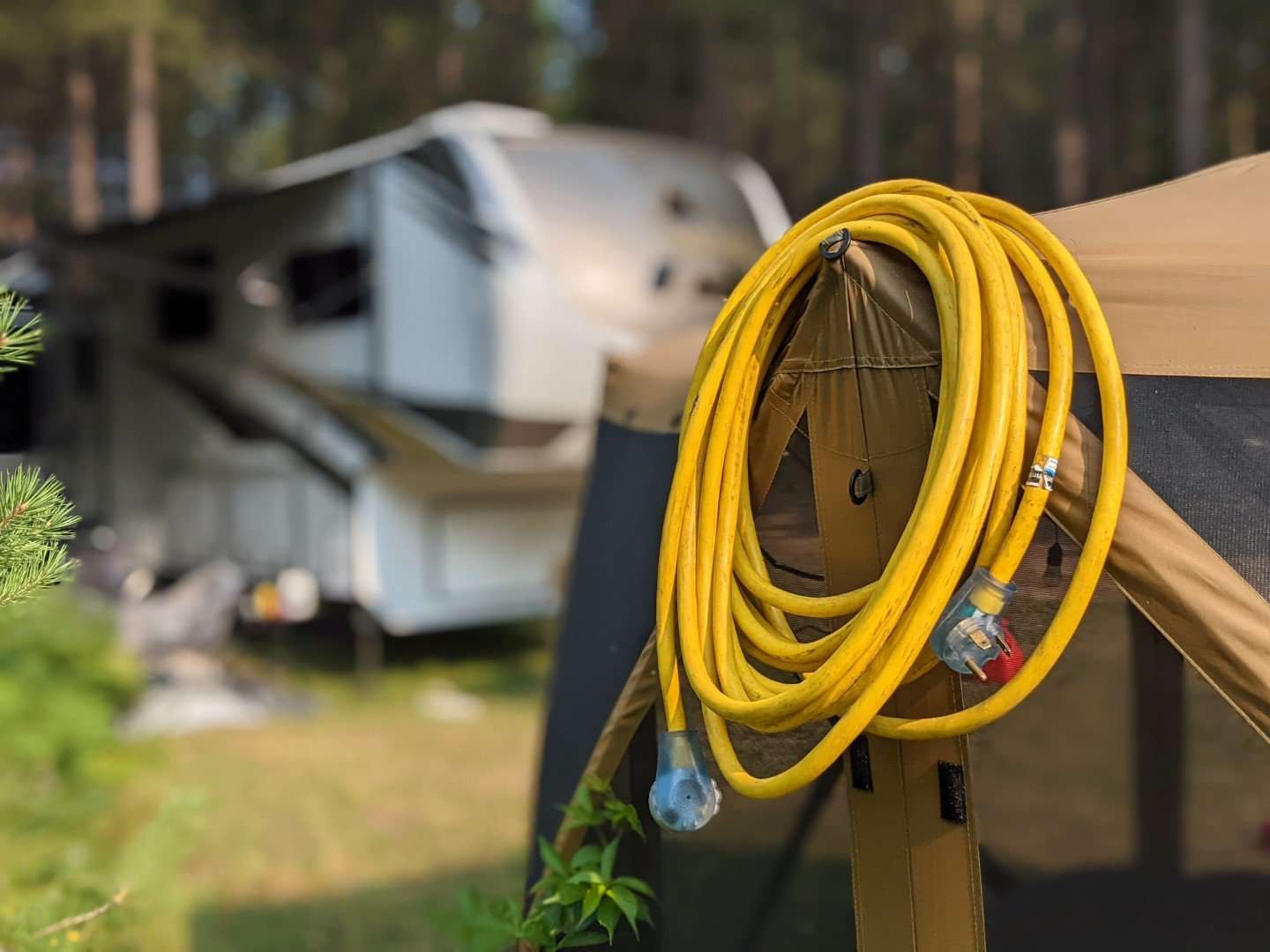
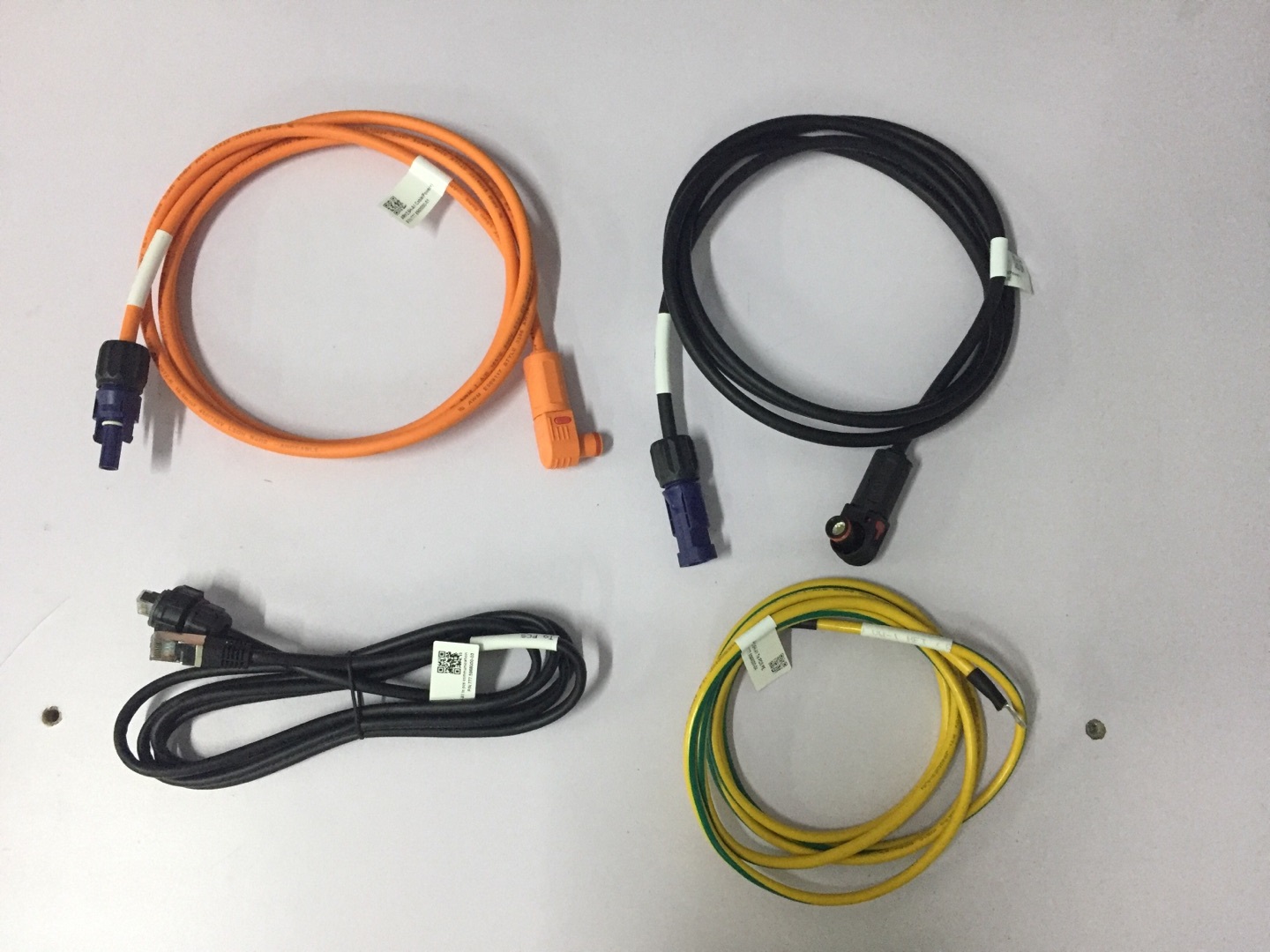
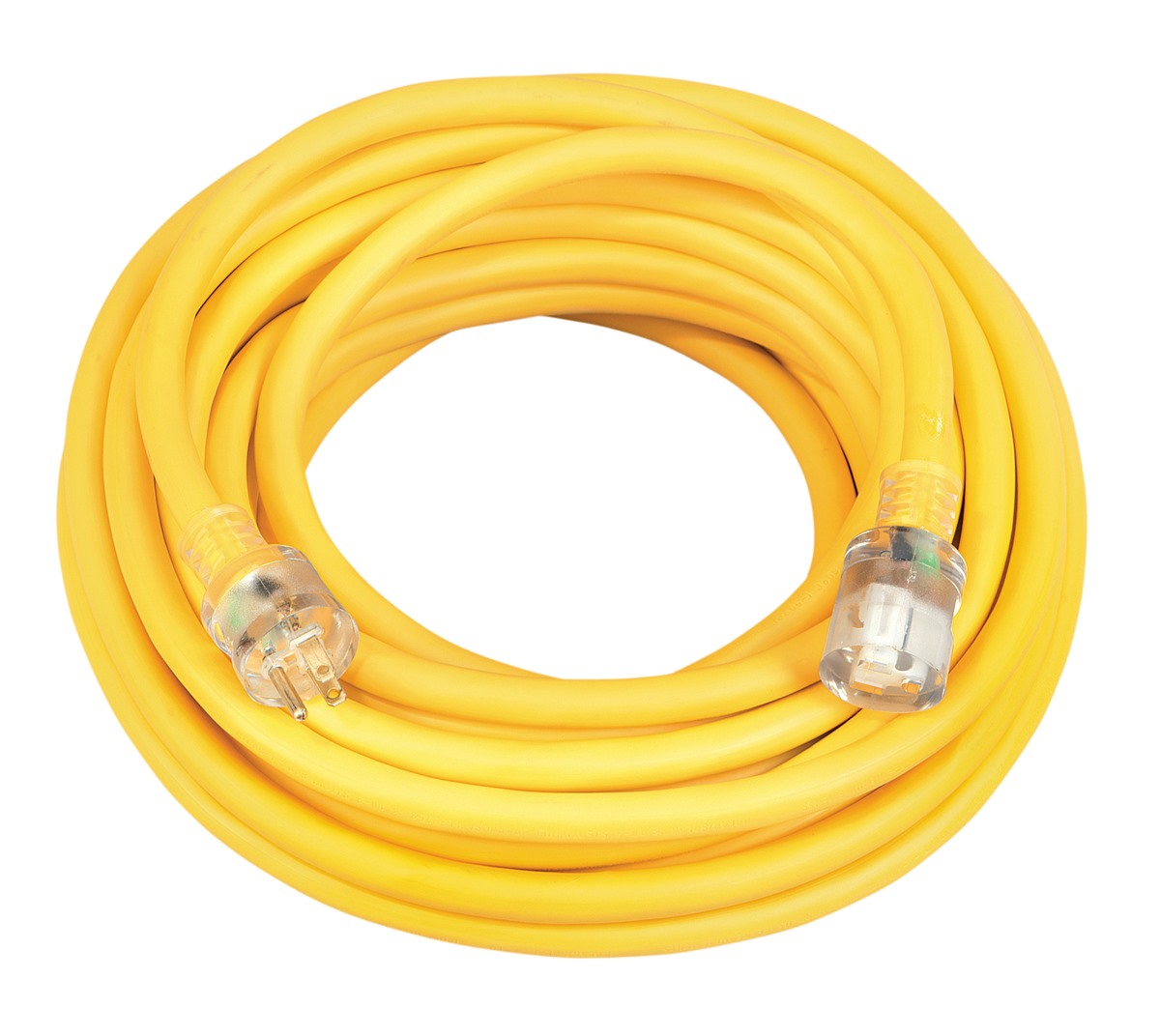


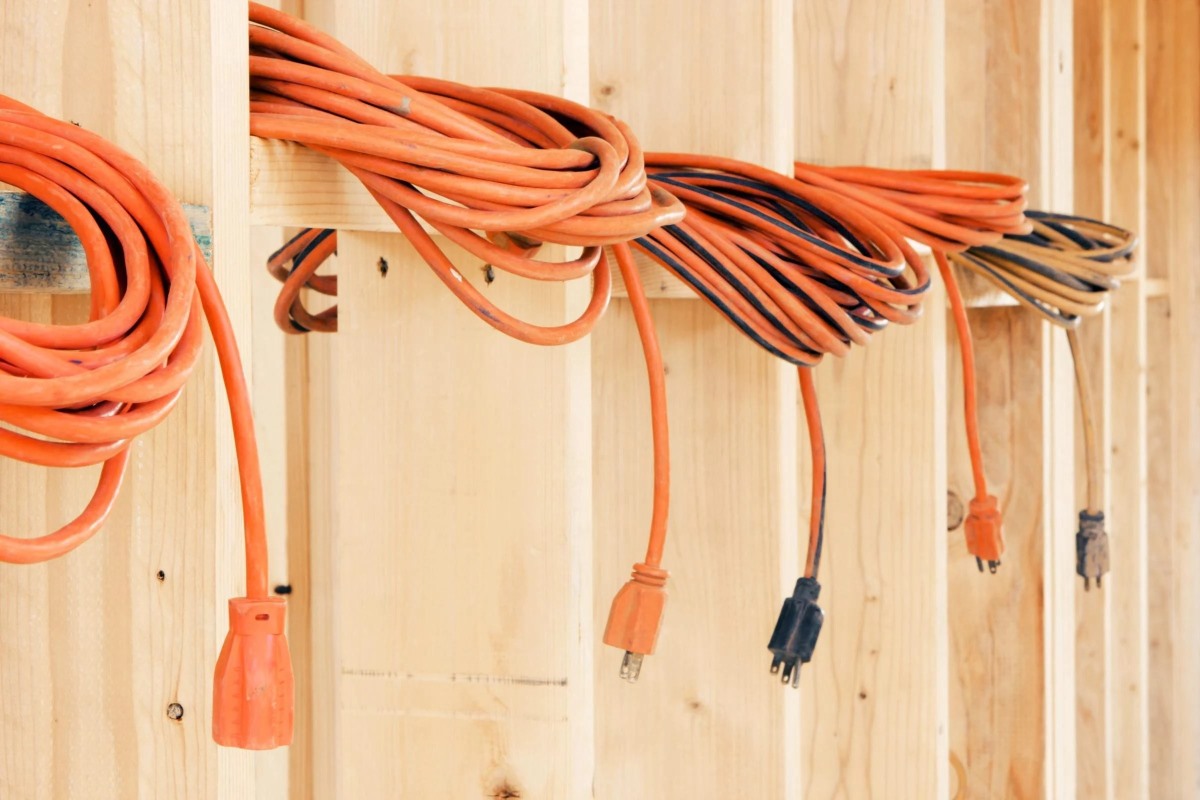
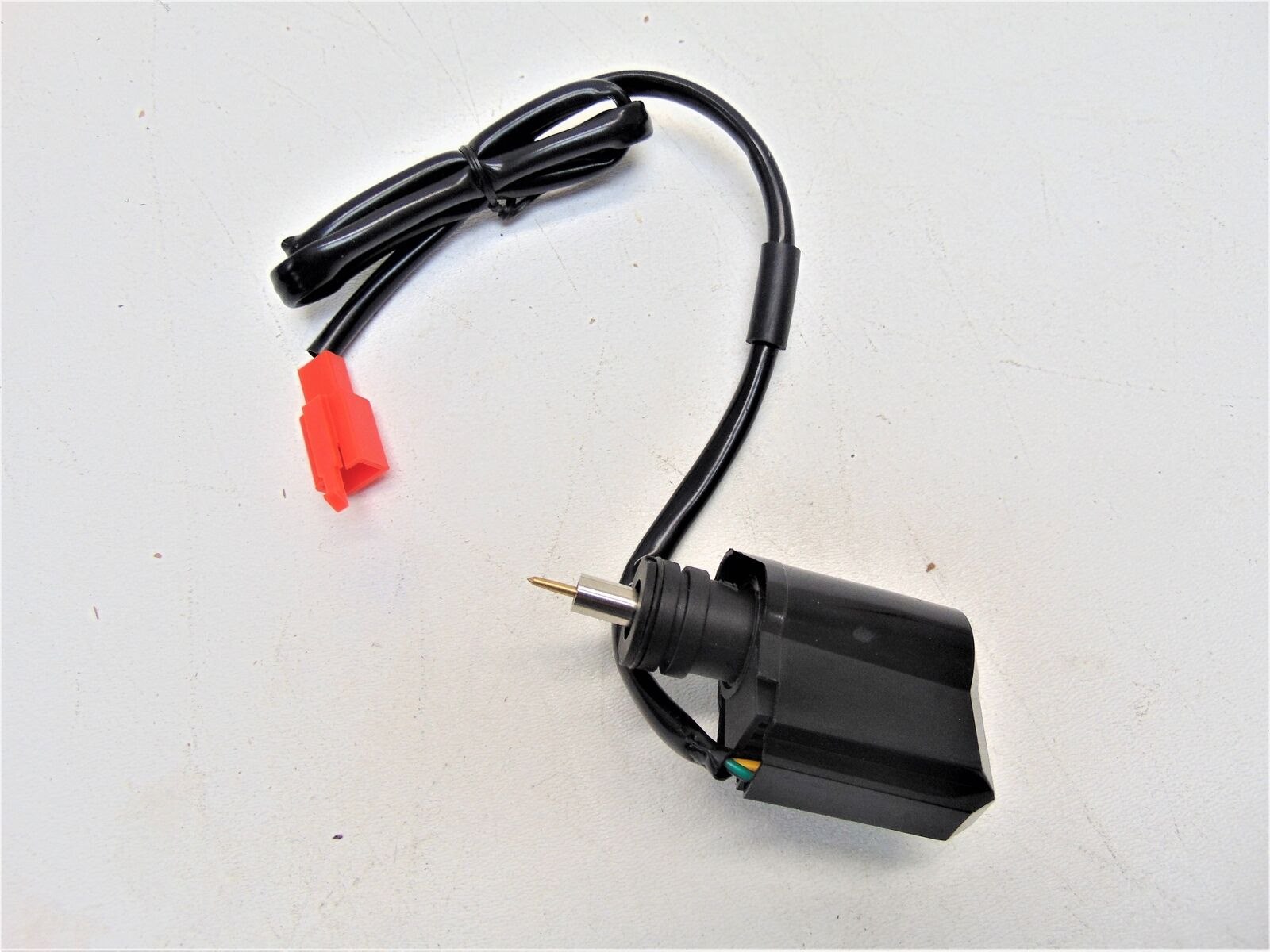
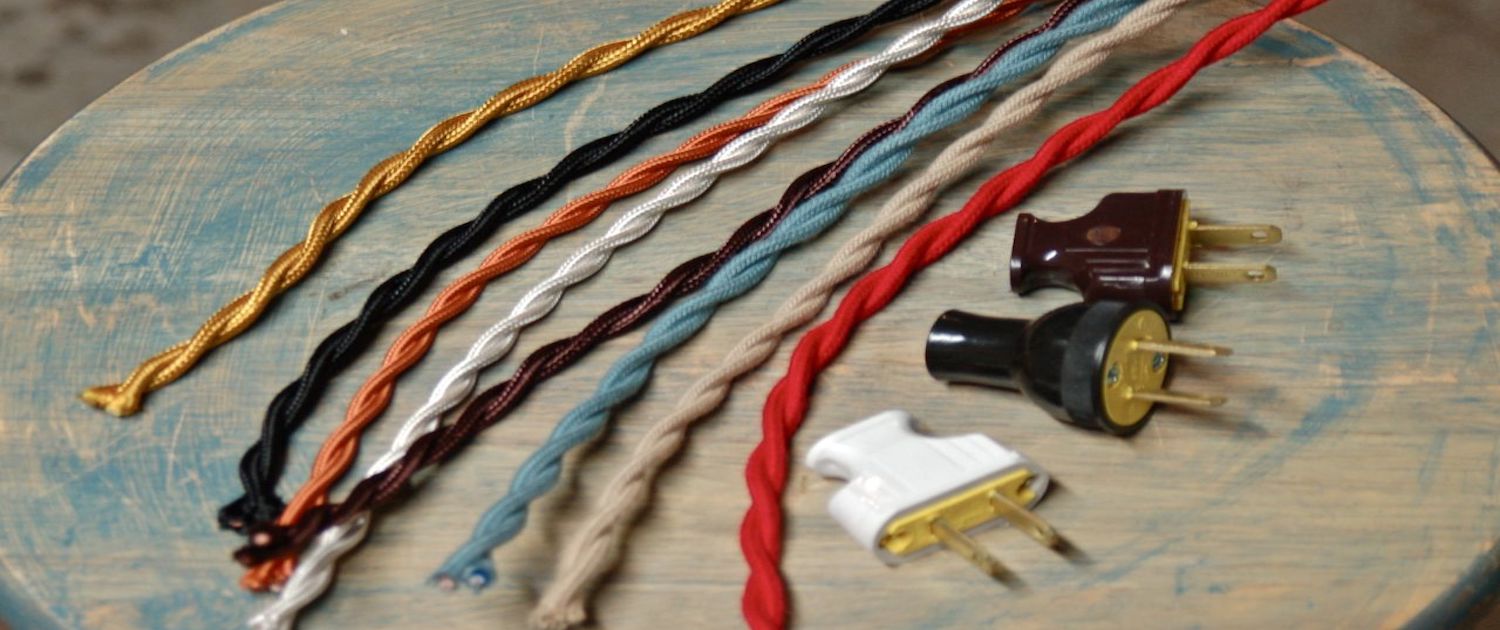
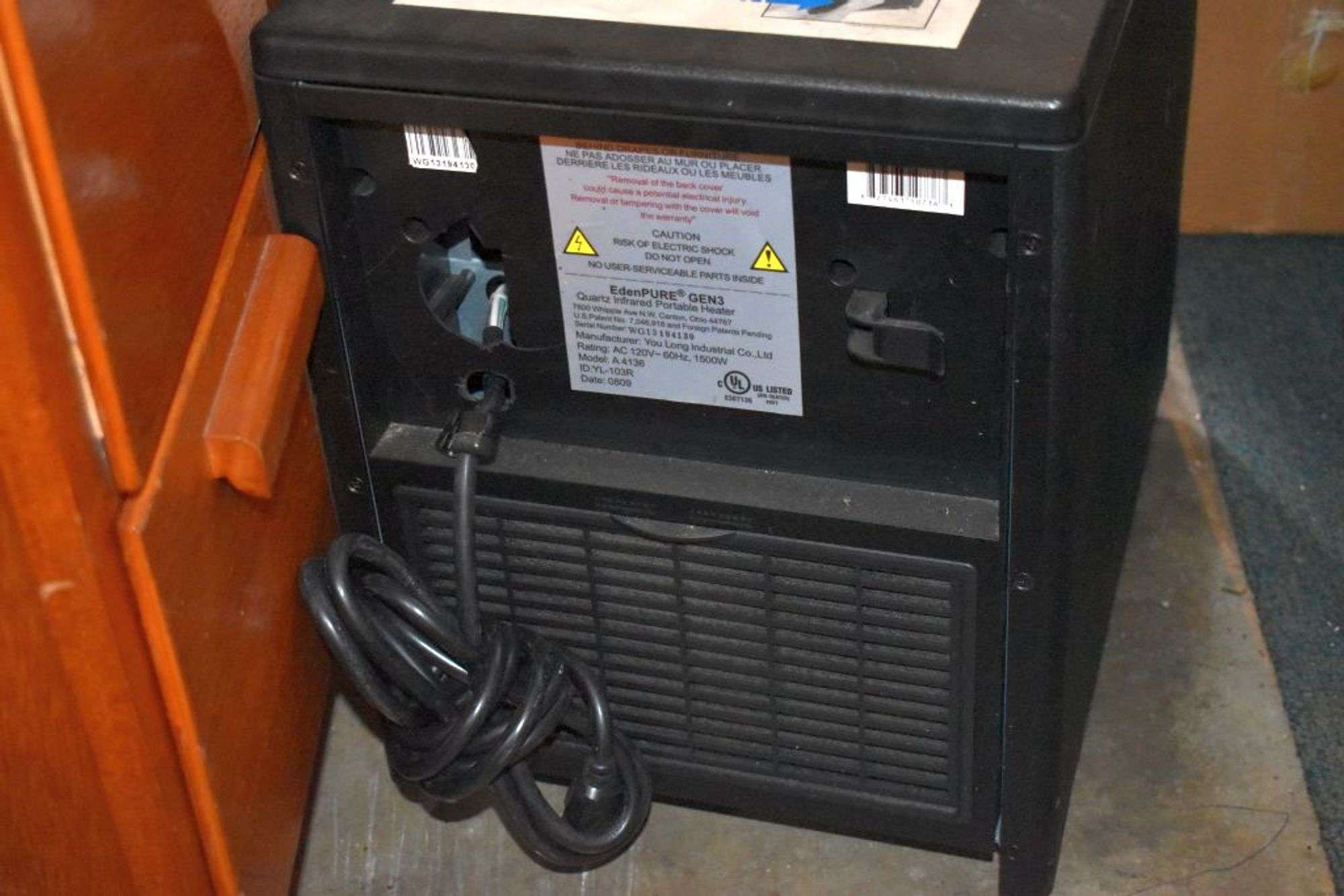

0 thoughts on “What To Do If Your Cat Bites Into Electrical Cord”